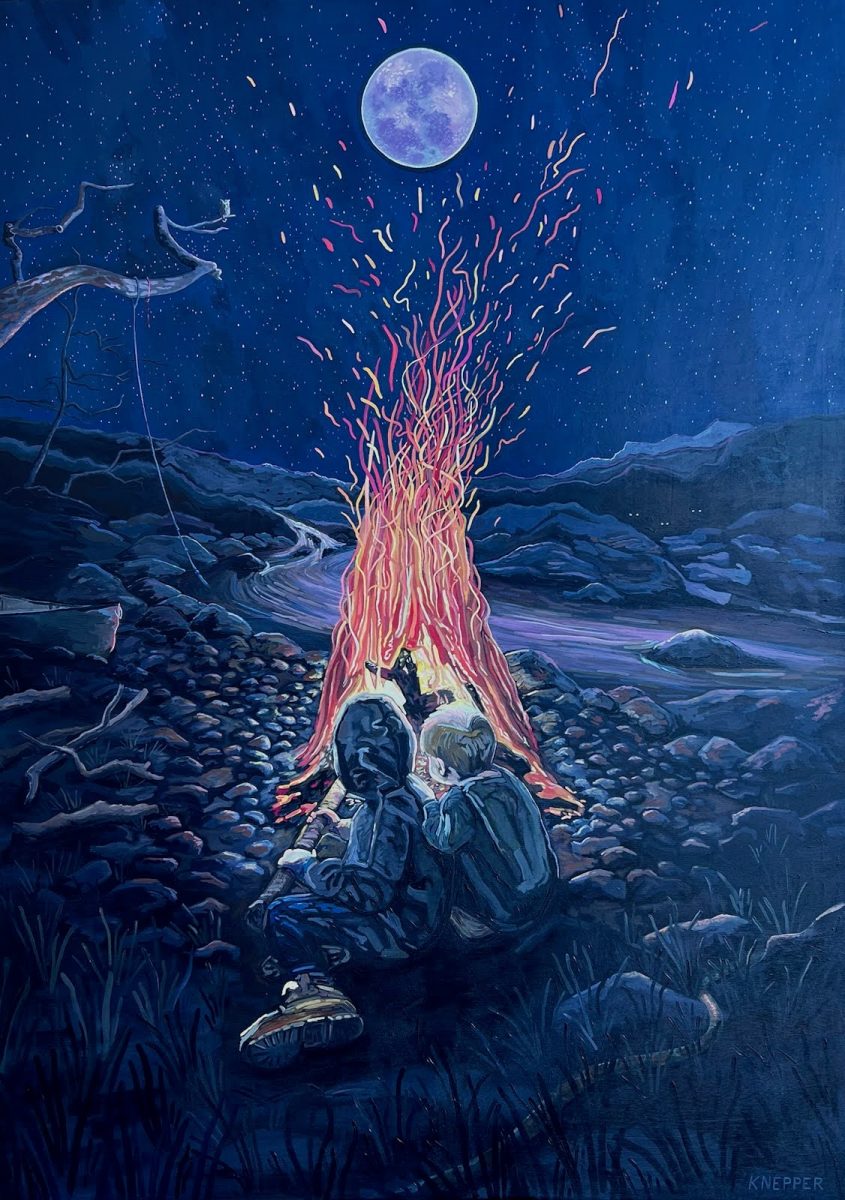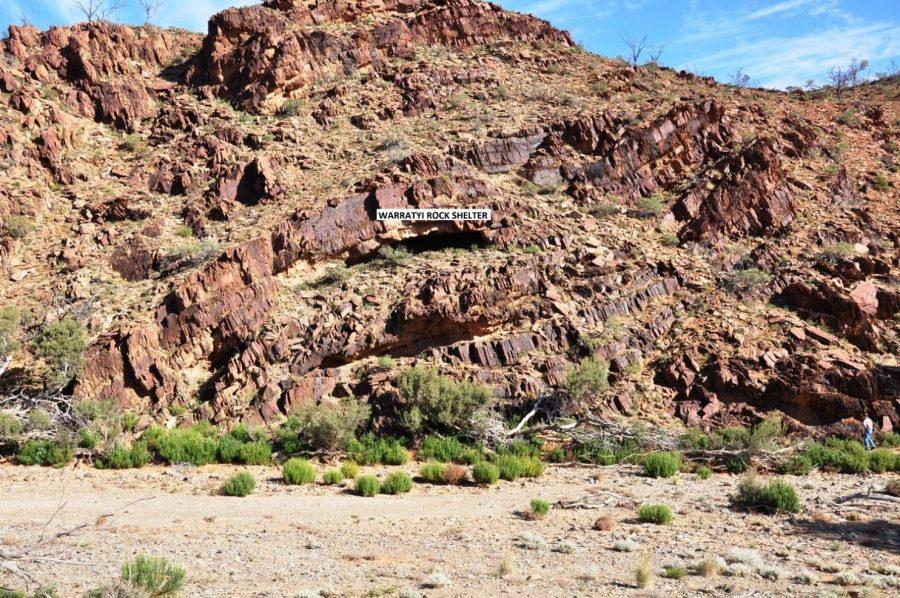Revolutionary Australian Archaeological Discovery
November 10, 2016
A new archaeological discovery in Australia has revealed new evidence to how long the Aborigines have lived on the continent. Clifford Coulthard, an elder of the Adnyamathanha aboriginal tribe, made the discovery while driving through the Flinders mountain range. He got out of his car to look around and found a spring surrounded by art in a rock shelter. Archaeologists estimate these artifacts to be about 49,000 years old. These artifacts represent the oldest known evidence of human settlement in Northern Australia, pushing back the arrival of humans to that area by about 10,000 years.
Many scientists doubted that humans could live in Northern Australia 50,000 years ago because they lacked the technology to survive the barren environment. But the rock shelter, now called Warratyi, is in an ideal spot for human settlers. It is set in a high ridge and offers protection from the wind, heat, and cold as well as a great view of the gorge that spreads out below. While the landscape is stark, archaeologists found many animal bones, emu egg shells, and traces of plant material. Many artifacts were tools made out of animal bones, such as a sharpened bit of bone from a Diprotodon, which was a giant marsupial that sort of looks like a guinea pig with elephant legs and a broken nose. Scientists also found bits of egg shell from a giant species of bird. This makes scientists think that the environment may not have been as stark and barren as they thought. Many of the megafauna, or large species that used to live on the continent, died out around the time that humans showed up on the continent, sparking debate about whether humans interacted with them. They most likely did, using them for food, tools, and other things. The artifacts provide proof for this theory because the incline to the rock shelter was too steep for the Diprotodon or the giant bird to get into the cave themselves; humans would have had to have brought these bones and eggs into the cave.
The bones and stone tools revealed other aspects of settlers’ lives as well. Many tools bore tiny feather barbules, microscopic hairs on feathers, suggesting that feathers were used as decoration or for ceremonial purposes. Archaeologists also found ocher and white gypsum pigments that suggests the settlers painted their bodies for ceremonies. Researchers used radiocarbon dating to date the organic material in the cave. This technique measures the radioactive decay of carbon by comparing isotope ratios. Using radiocarbon dating, the quartz crystals in the cave were found to be about 44,000 years old.
Scientists are wary to accept the findings of this discovery because it means that either there was an analytical problem or a revolutionary shift in chronology for ancient Australia. If the latter is true, the discovery at Warratyi cave could shift scientists’ understanding of Australia’s earliest inhabitants. Giles Hamm, an archaeologist working on the site, thinks that the settlers migrated south to the Flinders mountains about 50,000 to 60,000 years ago only to get trapped there, which would have caused new tools and cultural practices to develop. Scientists used to think that the first humans in Australia came from places like Africa or the Levant because of the tools and technology that developed. The stone tools and bone technology discovered at Warratyi shows that these were most likely a local development, calling into question where the settlers came from.



































